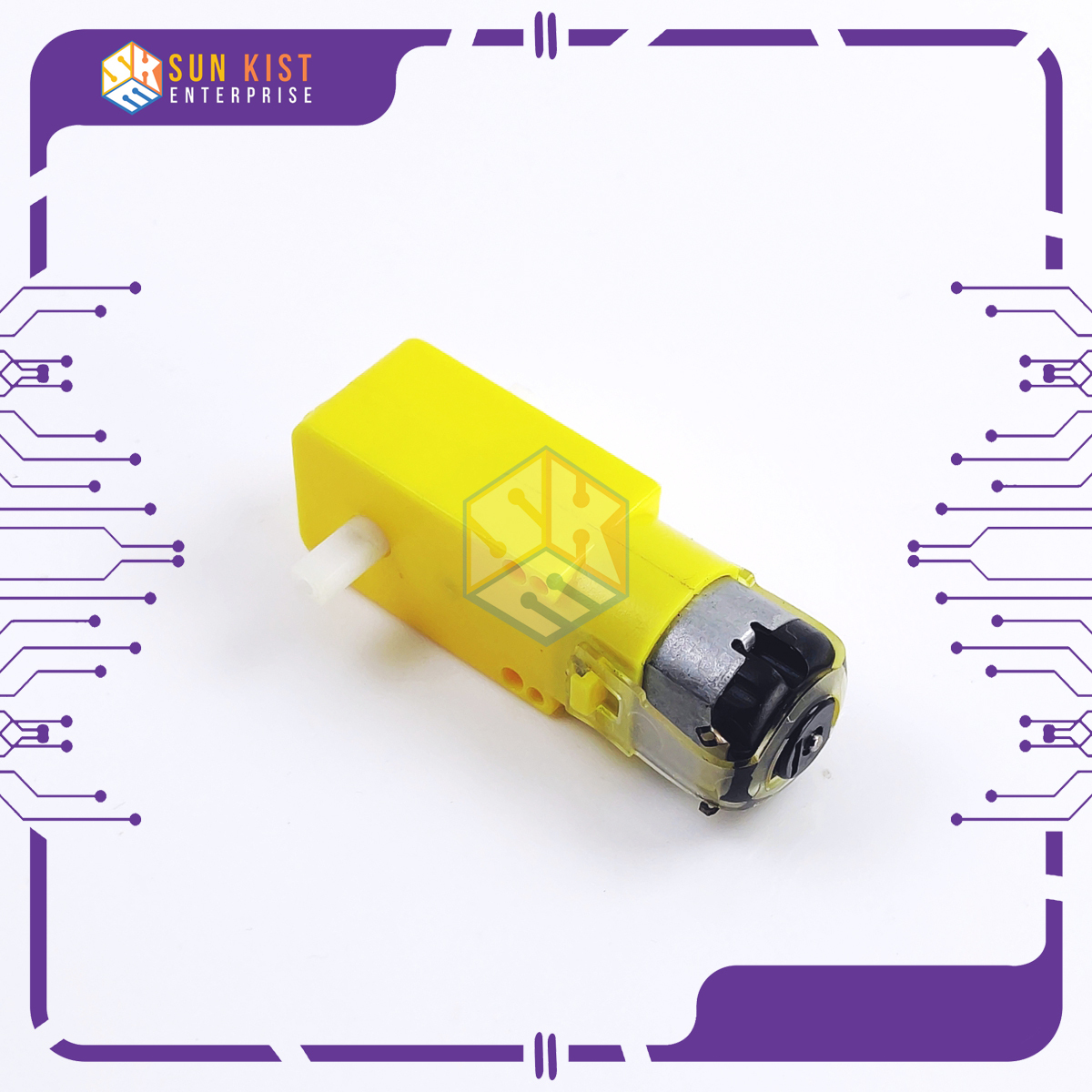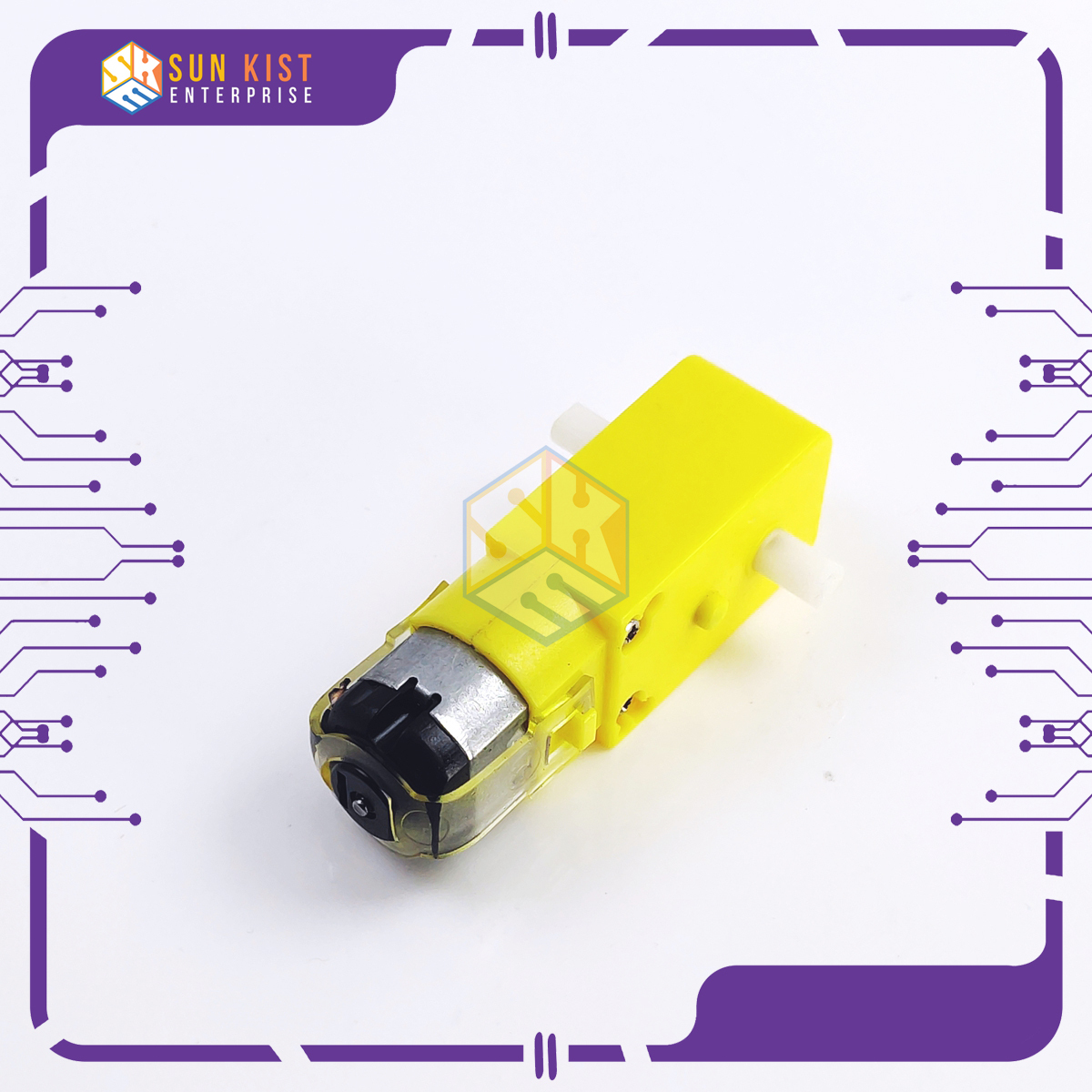Description
A **Smart Car Motor Only** refers to an individual electric motor unit commonly used in smart car kits, robotic projects, or small-scale vehicles. These motors are designed for precise control and are often used to drive the wheels of smart cars or other mobile robots. Here are some key features and considerations related to a Smart Car Motor Only:
1. **Motor Type:** Smart car motors are typically electric motors, and they can vary in type. Common types include DC (Direct Current) motors, stepper motors, or servo motors, depending on the specific smart car kit or project.
2. **Control:** These motors can be controlled to move in various directions, change speed, or perform specific tasks based on the programming or control system used in the smart car or robot.
3. **Voltage Rating:** The voltage rating of the motor is an important consideration. It indicates the range of voltage the motor can safely operate at. Make sure the voltage matches the power supply used in your project or smart car kit.
4. **Current Rating:** The current rating specifies the amount of electrical current the motor draws during operation. It’s crucial to ensure that the power supply can provide the required current for the motor to function correctly.
5. **Speed and Torque:** Motors may have different speed and torque characteristics, and these factors can vary based on the specific model or type of motor. The speed and torque requirements depend on the application and performance expectations.
6. **Mounting:** Smart car motors often come with mounting brackets or attachment points to secure them to the chassis of the smart car or robot. Proper mounting is essential to ensure stable and reliable operation.
7. **Encoder:** Some smart car motors are equipped with encoders that provide feedback on the motor’s position and speed. Encoders can be valuable for precise control and navigation in robotic applications.
8. **Compatibility:** When purchasing a Smart Car Motor Only, it’s important to ensure that it is compatible with the chassis, wheels, and control system of your smart car or robot. Compatibility is crucial for hassle-free integration.
9. **Programming:** To control the motor, you will typically need a microcontroller or a control board and the ability to program it using a suitable programming language, such as Arduino, Python, or other platforms.
10. **Accessories:** Depending on the specific motor, you may need additional accessories, such as motor drivers, wheels, and sensors, to complete your smart car or robotic project.
Smart Car Motors are versatile components and can be adapted for various robotic and vehicle applications. Careful consideration of the motor’s specifications, control requirements, and integration with the overall project is essential for successful implementation.











Reviews
There are no reviews yet.